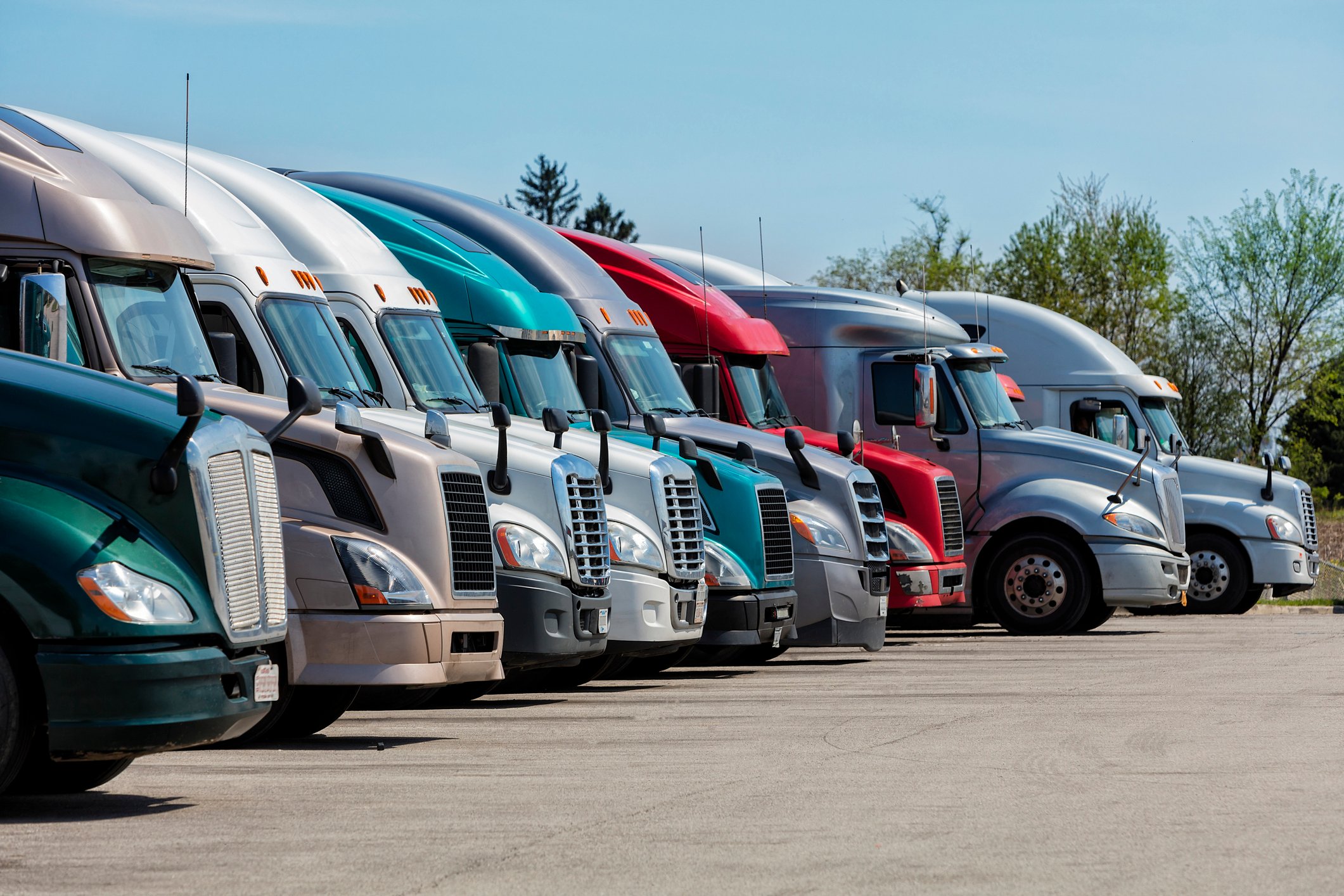Considerations for Leasing vs. Buying Fleet Vehicles

With operational costs rising and predicted to continue moving upward, getting costs under control is top of mind for fleet managers regardless of budget size.
Supply chain constraints, end-user demand exceeding supply, interest rates, increasing commodity prices, and inflationary pressures are to blame for creeping costs. This makes keeping a lid on fixed and variable costs, including vehicle acquisitions, fuel, maintenance, and remarketing more important and more challenging than ever.
Leasing vs. Buying
There are numerous cost control measures fleet managers can leverage to cut costs. But there’s one that many fleet managers often overlook and that’s the money spent on vehicle procurement — specifically, whether leasing or buying vehicles is best for their bottom line.
Typically leasing is viewed as less risky than owning. But when you consider vehicle lifespan, annual mileage, interest rates on loans, maintenance charges, and vehicle disposal, the lease versus buy question becomes a bit more complex.
Both leasing and buying have benefits and risks. The question is which option better meets your needs and goals. The following are key factors to consider to help you better answer that question.
1. Capital
Leasing
Typically, there are two types of leases — open-end and closed-end. An open-end lease doesn’t have mileage restrictions or penalties. The vehicle can be returned at any time once the minimum terms have lapsed. A closed-end lease has fixed terms for mileage and return dates with penalties for exceeding mileage allowances and for returning the vehicle early.
With leasing, you spend less each month, and less capital is needed upfront to acquire vehicles, allowing you to free up funds to invest in other areas of your business.
Purchasing
With purchasing you pay the entire cost of the vehicle with cash up front or through financing. Owning the vehicle means no penalties or fees like those associated with leasing. Plus, once the vehicle is paid off, you retain the title, which makes transferring vehicles easier.
2. Incentives and Discounts
Leasing
Both leasing partners and fleet management companies offer product discounts and incentives on vehicles. Because of their relationships with auto manufacturers, you may be able to take advantage of volume discounts and negotiated services that save you considerable time and money.
Purchasing
When purchasing a vehicle directly through a dealer, there is always a chance of getting a discount or incentive. But don’t expect as many as you would get through leasing and don’t expect them to be as beneficial to your bottom line as those offered by leasing partners and fleet management companies.
3. Vehicle Age
Leasing
When leasing, you’re required to return the vehicle or purchase it at the end of the term. This allows you to upgrade to newer models more frequently and benefit from the latest technologies and safety features. Plus, a newer vehicle on the road can boost your public image.
Purchasing
If you purchase a vehicle, you’re likely to have it for longer than you would if you leased. An older vehicle tends to have more maintenance issues, which could mean more downtime, higher maintenance costs, and an increase in safety concerns.
4. Maintenance
Leasing
When leasing, your leasing partner or fleet management company handles all maintenance services. Often costs are lower and are included in various leasing tiers, at predictable fixed costs.
Purchasing
Purchasing means you are responsible for vehicle maintenance. However, a benefit over leasing is that you aren’t held to a timeline for maintenance and repairs, giving you more flexibility in servicing and scheduling.
5. Support Services
Leasing
Leasing through a reliable fleet management company allows you to take advantage of key benefits typically offered, including:
- Analytics and Reporting
- Lifecycle optimization
- TCO analysis
- Fleet remarketing
- Driver training
- Customer service and support — usually a point of contact or team is assigned to your account
Purchasing
If you own your vehicles and don’t have a fleet management company, you’re responsible for data analysis. You’re also responsible for managing vehicle inventory, consolidating invoices and costs, sourcing insurance, and all the various services that keep your fleet up and running.
6. Cycling, Replacement & Remarketing
Leasing
Leasing provides set vehicle lifecycles. The terms of the lease provide the time you will have the vehicle, the residual value, and the return or purchase process. Your leasing partner or fleet management company disposes of the vehicle for you and helps you with replacement options.
Purchasing
Financed or owned vehicles have undefined lifecycles. The vehicle title establishes your proof of ownership and with ownership, gives you control over when, where, and how to dispose of the vehicle as well as vehicle pricing.
So should you buy or lease your fleet vehicles? There is no right answer. You need to weigh the pros and cons of both options and decide what’s best for your current needs and future growth. And don’t go it alone, involve others from upper management and together decide what’s best for the growth of your business.